Al Mina Archaeological Site
Overview
Characteristics and classifications
All Reviews (0)
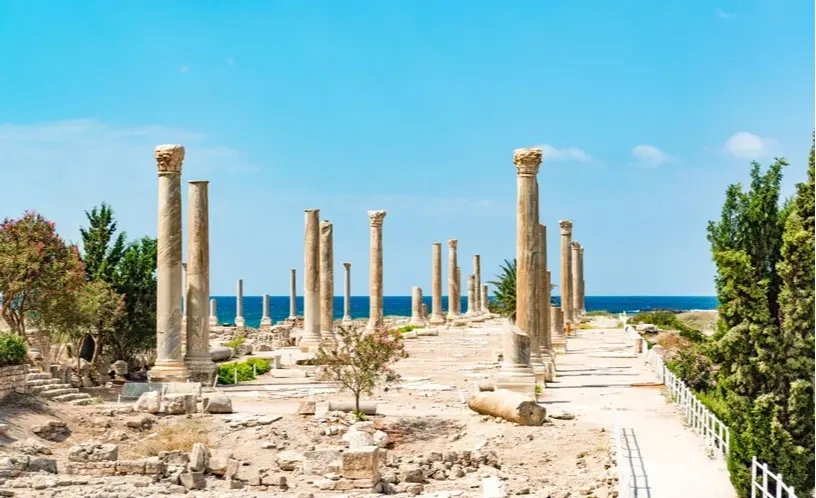

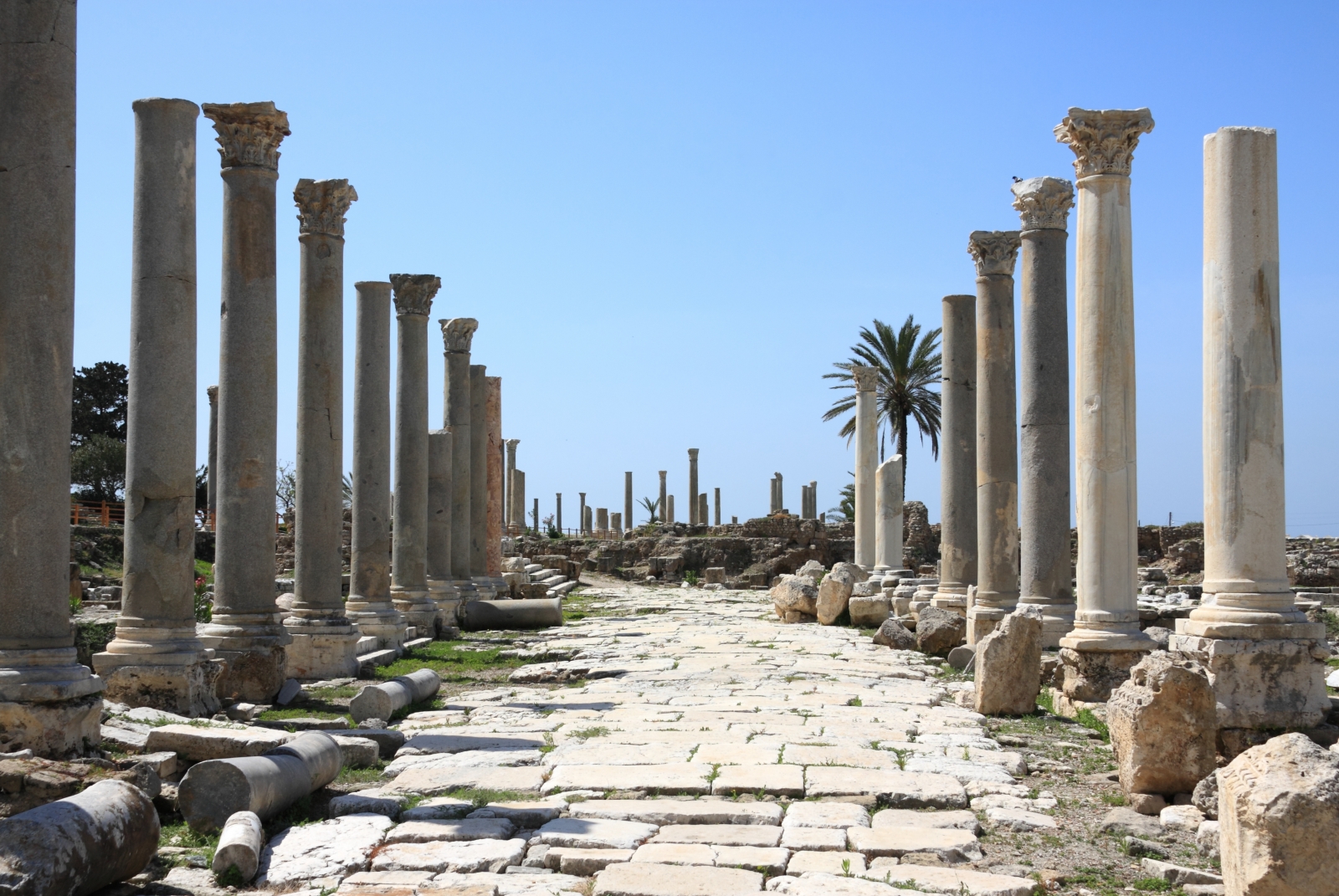

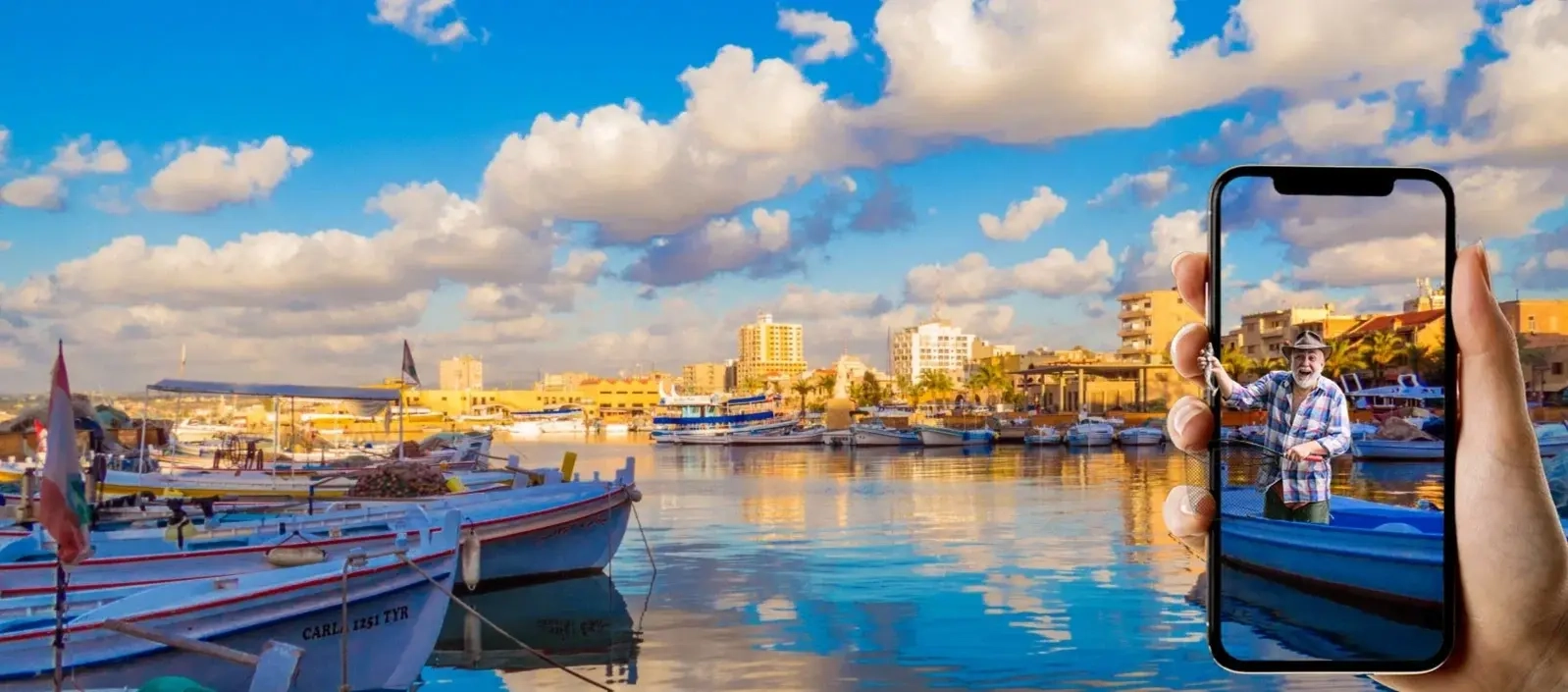


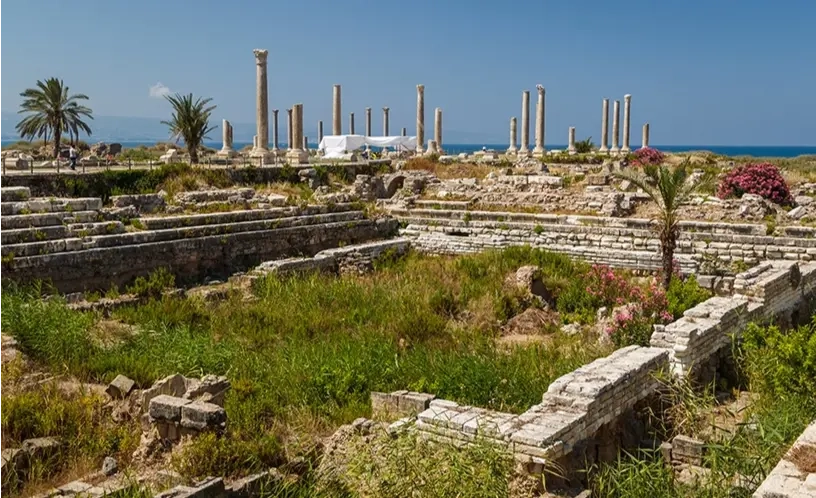
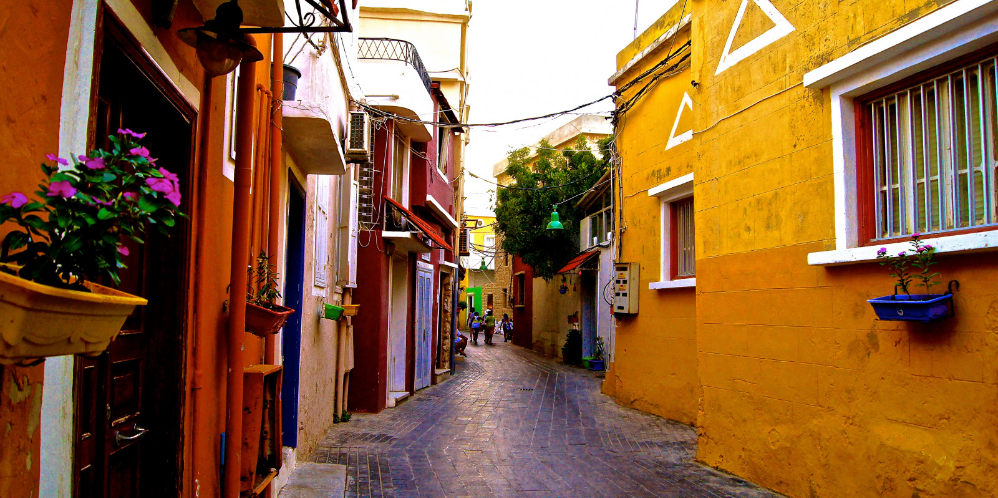




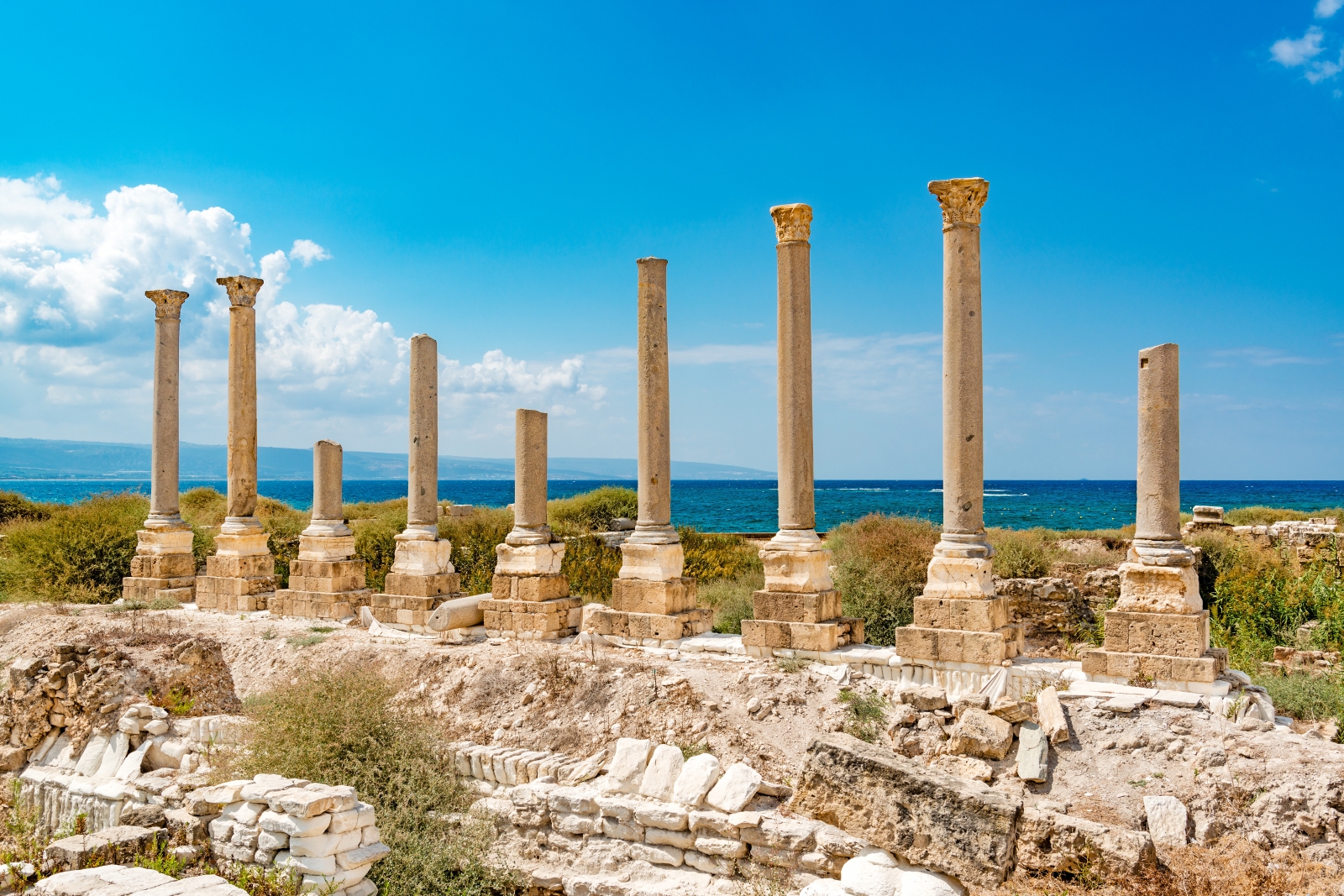

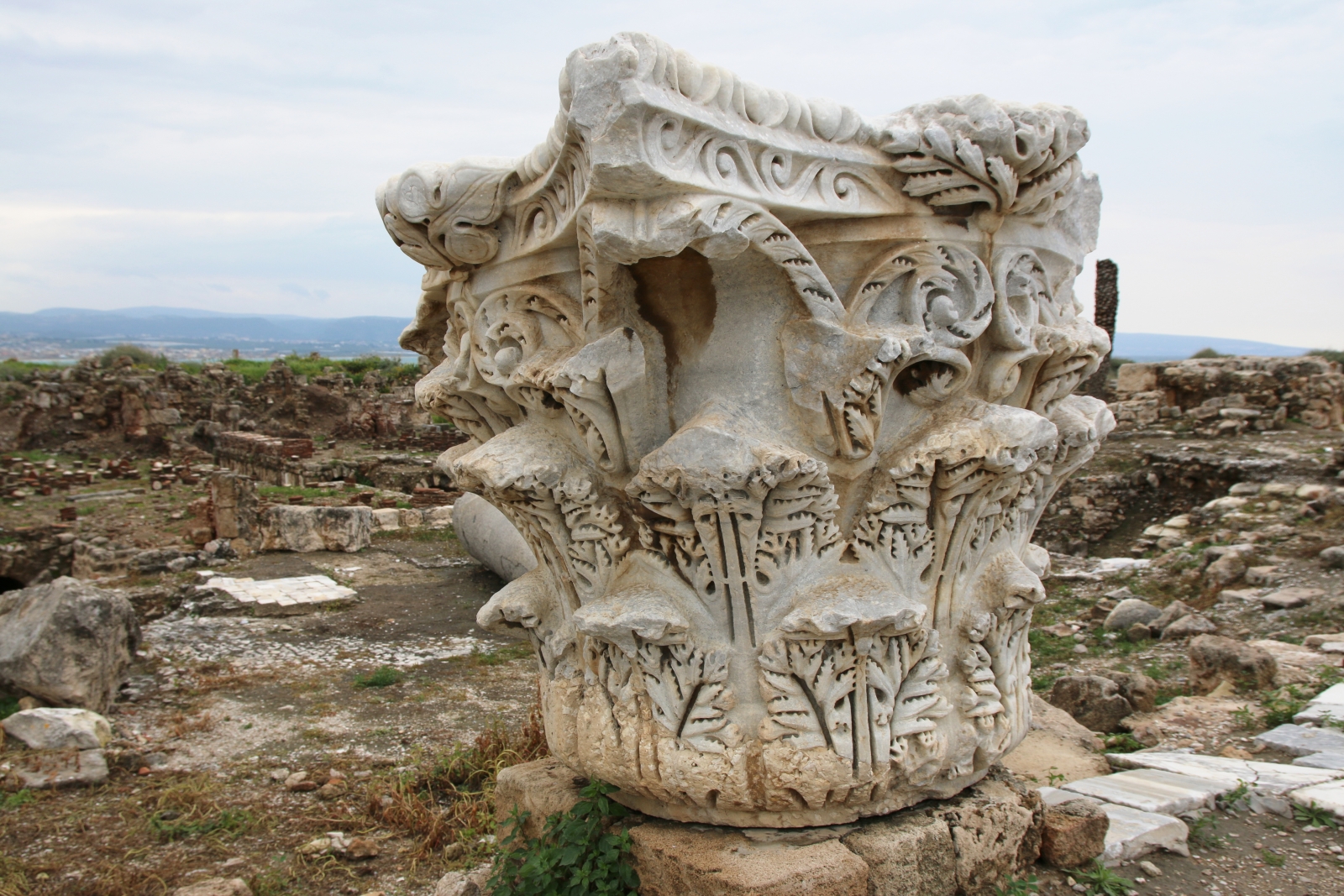
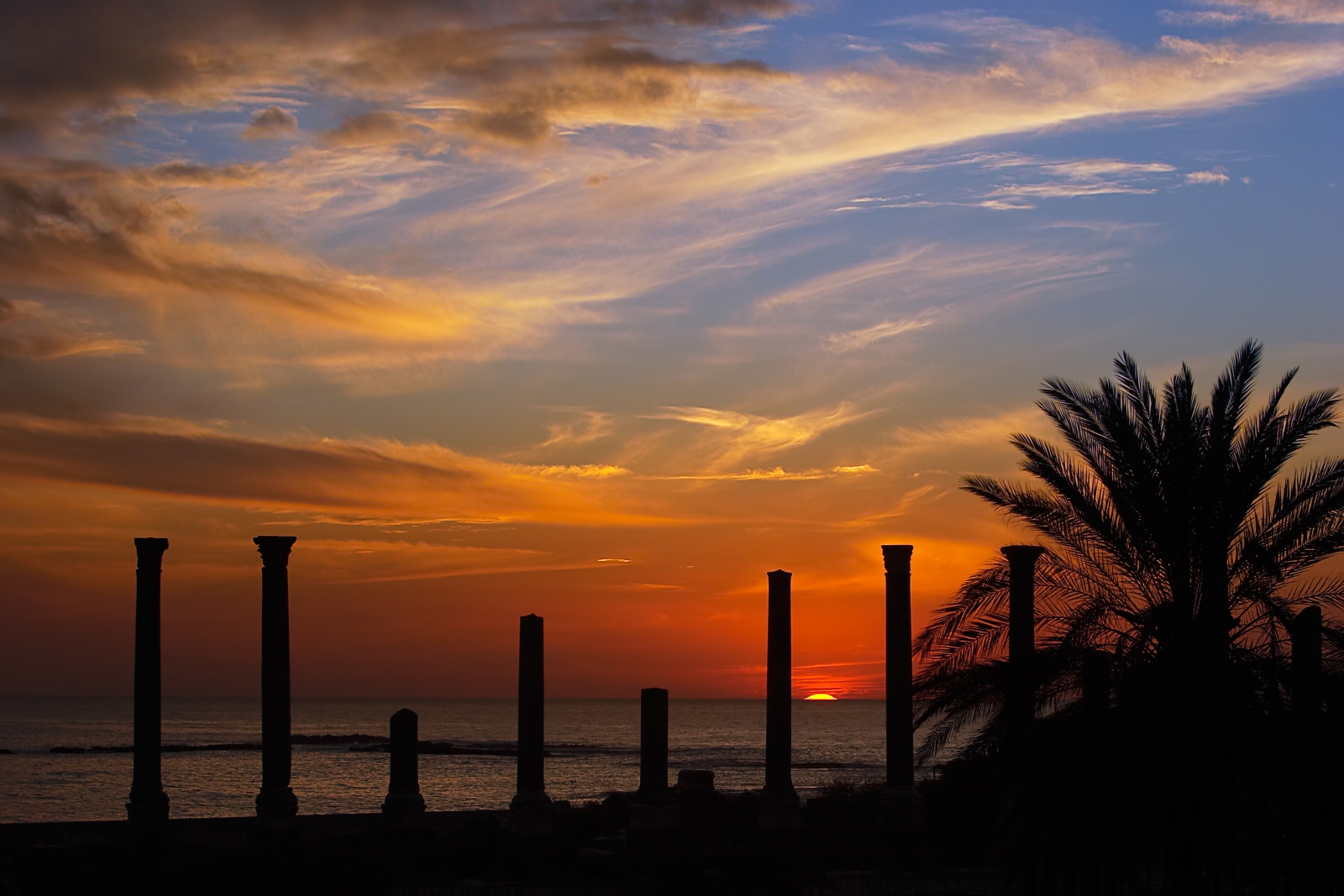
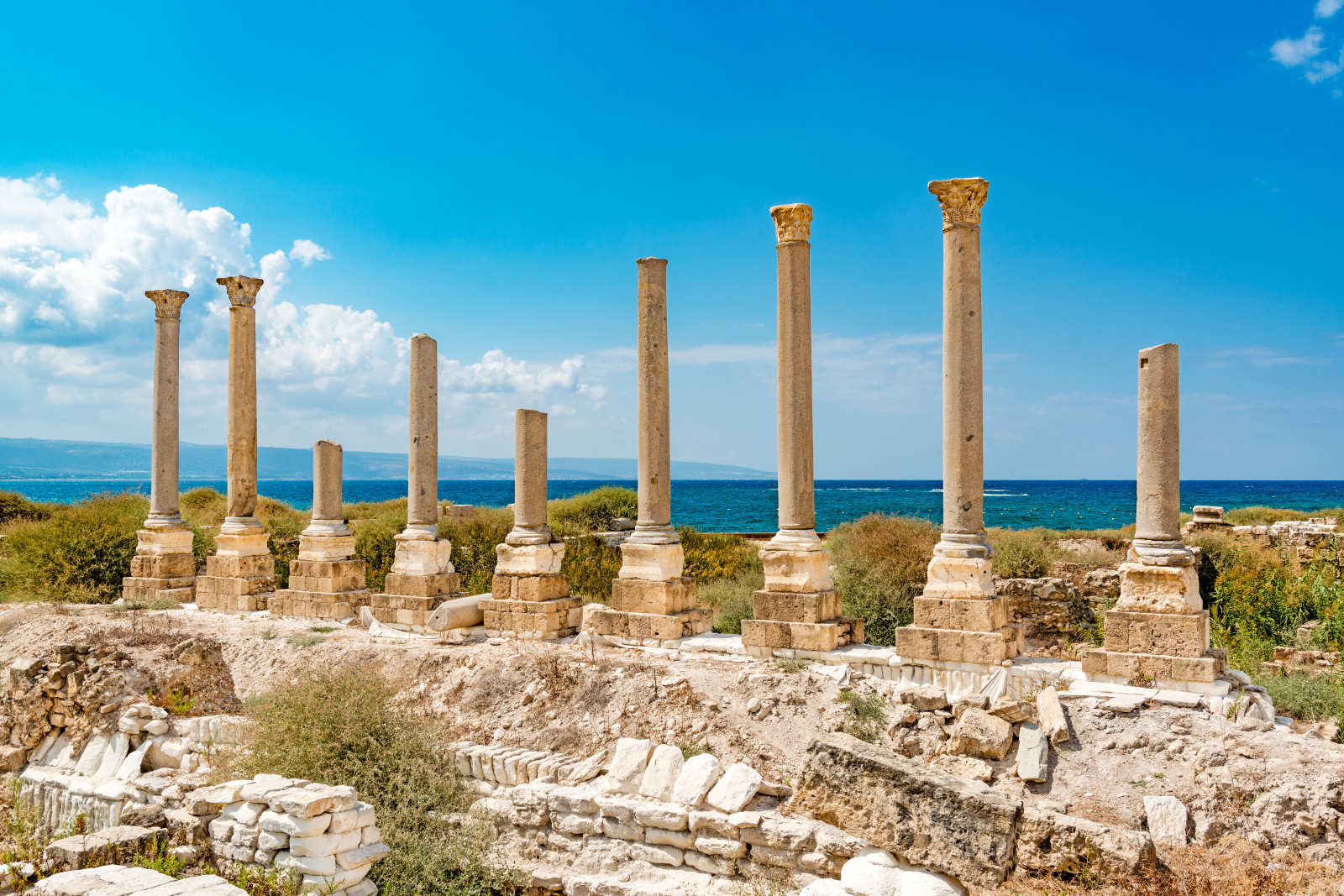
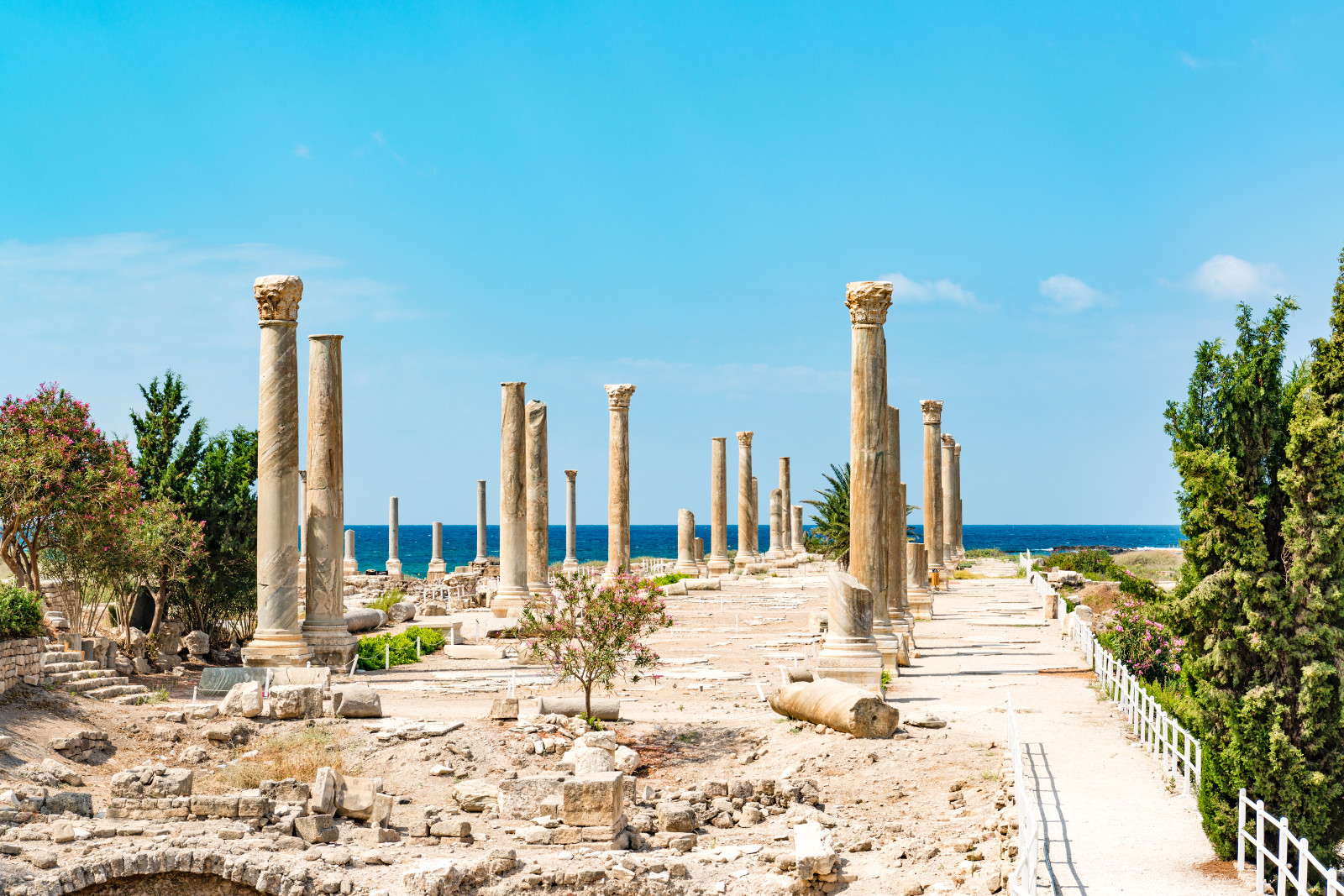
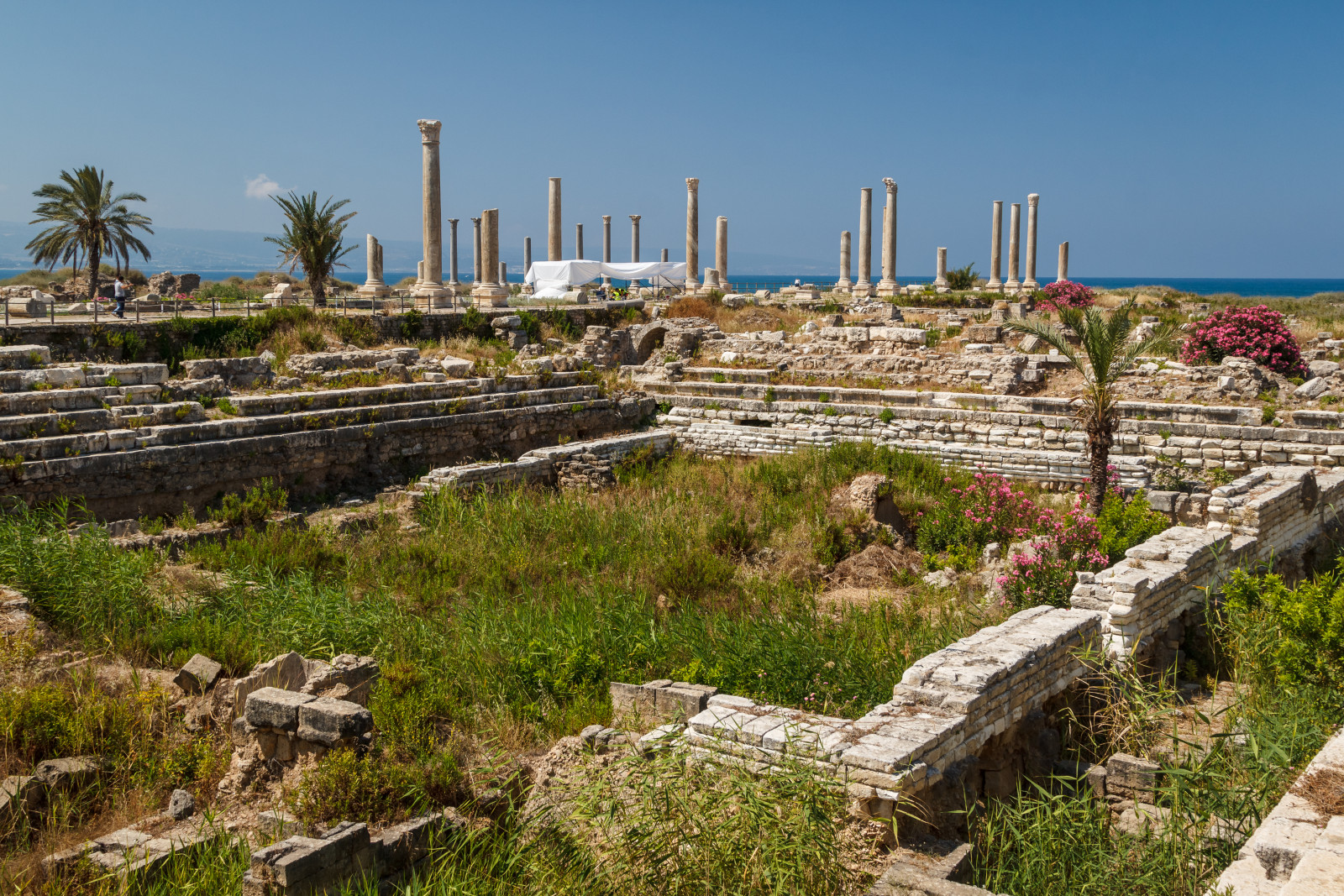
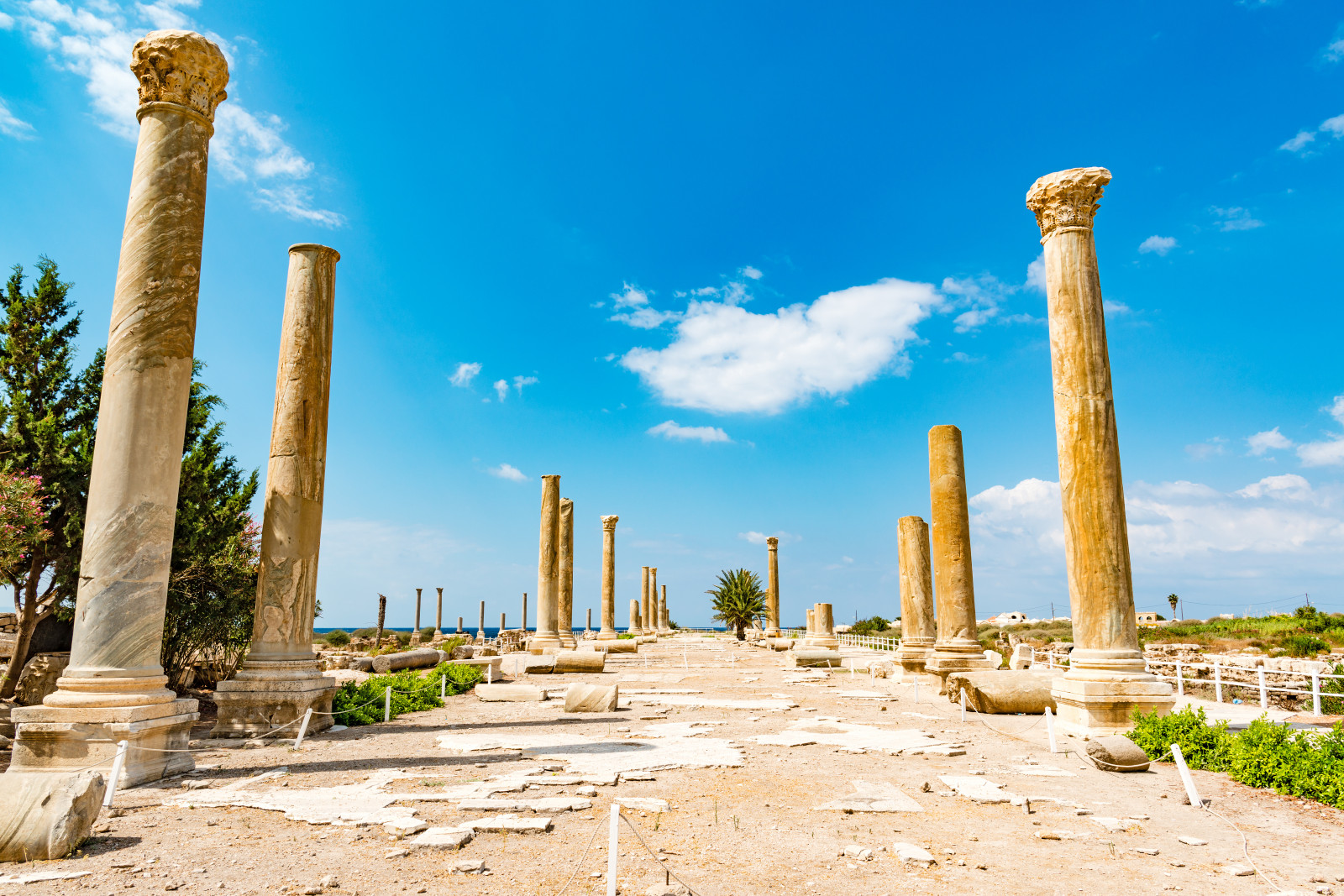
HomeWIKIMOOVCulture & Heritage Leaflet

Cathédrale des croisés de Tyr

Mosaic Road - Al Mina Site

Public Baths - Al Mina Site

The Arena - Al Mina Site

Visite guidée de Tyr - Entre splendeurs antiques et charme méditerranéen

The Al Mina Site in Tyre : Mosaics, Columns, and the Memory of the Sea
Art & CultureBlogOut & AboutIndulgeThe Great OutdoorsA Word from the ExpertsHeritagePersonalized tripWIKIMOOVExperiencesEventsTrailsFind a GuideMagazineCraft & Local ProductsCulture & HeritageFood & DrinksAccommodationLeisure & EntertainmentNatureOutdoor Activities CentersReligious sitesSnow Activities CentersFamous & useful placesWater Activities CenterWellbeingBusiness PlatformJoin MOOVTOOBecome a MOOVTOO guideBecome a MOOVTOO HostI've read and I accept MOOVTOO's Privacy and Cookie Policy What is MOOVTOO ?PartnersContact usFAQLegal MentionsData Protection PolicyTerms and Conditions
What is MOOVTOO ?PartnersContact usFAQLegal MentionsData Protection PolicyTerms and Conditions